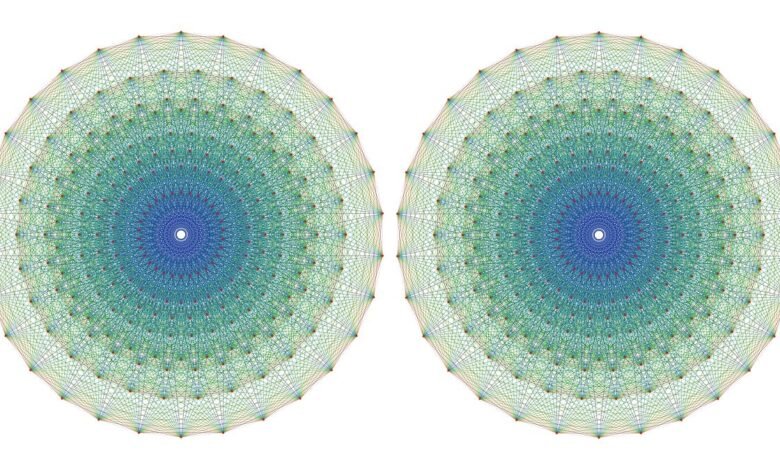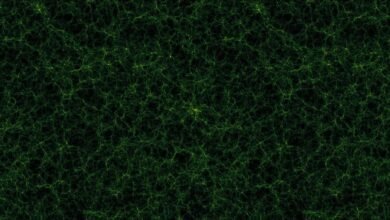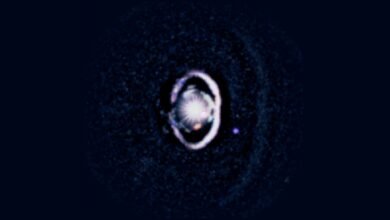The argument against the existence of a Theory of Everything | by Ethan Siegel | Starts With A Bang! | Sep, 2025

The Holy Grail of physics is a Theory of Everything: where a single equation describes the whole Universe. But maybe there simply isn’t one?
When most of us think about science, we don’t often think about something very fundamental to the enterprise: what the goal of it all actually is. Reality is a complicated place, and the only tools we have to guide us in understanding what it is and how it works is the combination of what we can observe, measure, and experiment on. When we add up the full suite of that body of observational and experimental knowledge, we have a record of all the phenomena that we know exists. The enterprise of science, then, seeks to make sense of all of it, and to explain it as simply and powerfully as possible: to maximize our predictive power of nature’s phenomena with as few assumptions, parameters, and variables as are absolutely necessary.
We’ve come incredibly far in our understanding of the Universe, and can describe all of the particles and interactions that describe everything we can directly detect and measure exquisitely. The Standard Model of elementary particles describes the electromagnetic, strong nuclear, and weak nuclear forces precisely and without fail, while General Relativity…
Source link





